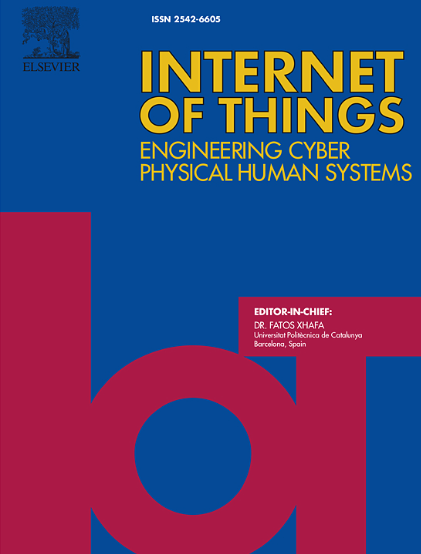光照变化对无人机视觉定位的影响
IF 6
3区 计算机科学
Q1 COMPUTER SCIENCE, INFORMATION SYSTEMS
引用次数: 0
摘要
定位系统和算法在无人机应用中起着至关重要的作用。尽管全球定位系统(GPS)是无人机定位中使用最广泛的方法,但在某些情况下,GPS并不总是可靠和准确的。最近的一项研究探索了基于视觉的定位方法,使用卷积神经网络(cnn)匹配无人机定位的几何特征。作者使用从实际无人机获得的正射影图来评估他们的算法。这可以减少研究与实际操作之间的差距。然而,该方法忽略了照明变化对定位性能的影响,即亮度和色温。为了解决这一限制,我们提出了一种新颖的CNN架构来处理光照变化。我们的方法通过将几个关键组件整合到网络中,提高了不同光照条件下的可靠性、准确性和计算复杂性。值得注意的是,我们的架构只有51.35%的可训练参数和83.97%的浮点运算(FLOPs)。在不考虑光照变化的情况下,我们仍然可以超过3.73%,在考虑光照变化的情况下,我们可以平均超过2.36%。实验结果也来自通过实际无人机获得的正射影图,表明我们的方法有效地减轻了光照变化引起的挑战,确保了可靠和准确的无人机定位。本文章由计算机程序翻译,如有差异,请以英文原文为准。
Effects of light variations on drone’s visual positioning
Positioning systems and algorithms play a crucial role in drone applications. Although Global Positioning Systems (GPS) are the most widely used method for drone localization, they are not always reliable and accurate in some scenarios. A recent study explores the visual-based positioning method, using Convolutional Neural Networks (CNNs) to match geometric features for drone positioning. The authors use an orthophotomap obtained from an actual drone to evaluate their algorithm. This can reduce the gap between research and practical operation. However, the approach overlooks the impact of lighting variations on positioning performance, i.e., brightness and color temperature. To address this limitation, we propose a novel CNN architecture to handle lighting variations. Our method improves reliability, accuracy, and computational complexity under varying lighting conditions by incorporating several critical components into the network. Remarkably, our architecture has only 51.35% trainable parameters and 83.97% floating point operations (FLOPs) of the existing one. Still, we can exceed it by 3.73% while not considering light variations and average 2.36% while considering light variations. The experimental results, also derived from an orthophotomap obtained via an actual drone, demonstrate that our approach effectively mitigates the challenges induced by lighting changes, ensuring reliable and accurate drone localization.
求助全文
通过发布文献求助,成功后即可免费获取论文全文。
去求助
来源期刊

Internet of Things
Multiple-
CiteScore
3.60
自引率
5.10%
发文量
115
审稿时长
37 days
期刊介绍:
Internet of Things; Engineering Cyber Physical Human Systems is a comprehensive journal encouraging cross collaboration between researchers, engineers and practitioners in the field of IoT & Cyber Physical Human Systems. The journal offers a unique platform to exchange scientific information on the entire breadth of technology, science, and societal applications of the IoT.
The journal will place a high priority on timely publication, and provide a home for high quality.
Furthermore, IOT is interested in publishing topical Special Issues on any aspect of IOT.
 求助内容:
求助内容: 应助结果提醒方式:
应助结果提醒方式:


